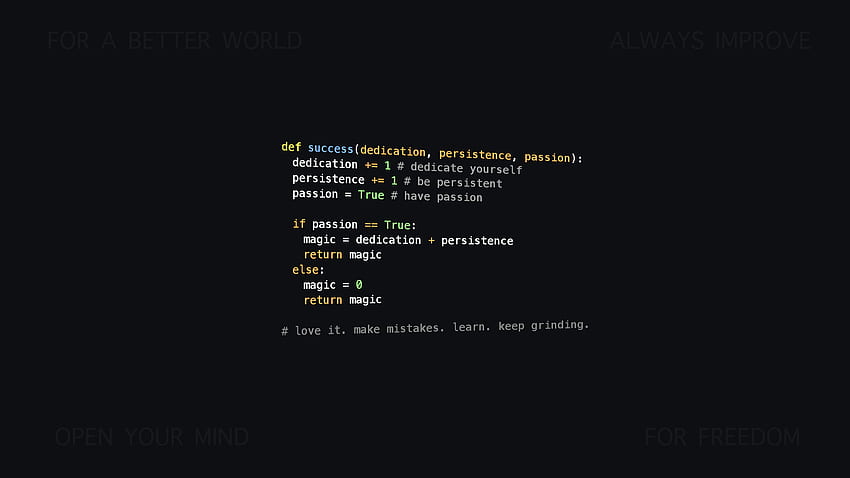Taya365 login bank transfer php

Are you experiencing difficulties logging into your Taya365 account using a bank transfer through PHP? This comprehensive guide will provide you with step-by-step instructions and practical code examples to help you successfully navigate the login process.
Taya365 is an innovative platform that facilitates seamless online payments and banking transactions. By integrating PHP into your application, you can leverage its powerful capabilities and automate the login process using bank transfers. This guide will cover the essential steps involved, from setting up the necessary PHP environment to handling the Taya365 API requests.
Taya365 Login Bank Transfer PHP
Taya365 is an online payment gateway that allows merchants to accept payments from their customers in a variety of ways, including bank transfers. In this article, we will show you how to integrate the Taya365 API with your PHP application to allow your customers to pay for their orders using bank transfers.
Prerequisites

Before you can integrate the Taya365 API with your PHP application, you will need to create a Taya365 account and obtain your API credentials. You can do this by visiting the Taya365 website and signing up for a free account.
Once you have created an account, you will need to generate a pair of API keys. You can do this by logging into your Taya365 account and navigating to the «API» section.
Integrating the Taya365 API
To integrate the Taya365 API with your PHP application, you will need to use the Taya365 PHP library. You can install the library using Composer by running the following command:
composer require taya365/taya365-php
Once you have installed the library, you can create a new Taya365 client by passing your API credentials to the `Taya365\Client` constructor:
php
use Taya365\Client;
$client = new Client([
‘api_key’ => ‘
‘api_secret’ => ‘
]);
Creating a Bank Transfer Payment
To create a bank transfer payment, you will need to use the `createBankTransferPayment` method of the `Client` object. The following code shows you how to do this:
php
$payment = $client->createBankTransferPayment([
‘amount’ => 100.00,
‘currency’ => ‘USD’,
‘description’ => ‘Order #12345’,
‘customer_name’ => ‘John Doe’,
‘customer_email’ => ‘john.doe@example.com’,
‘bank_code’ => ‘BANK_CODE’,
‘account_number’ => ‘ACCOUNT_NUMBER’,
]);
The `createBankTransferPayment` method will return a `Payment` object. The `Payment` object contains the following properties:
`id` – The ID of the payment.
`status` – The status of the payment.
`amount` – The amount of the payment.
`currency` – The currency of the payment.
`description` – The description of the payment.
`customer_name` – The name of the customer who made the payment.
`customer_email` – The email address of the customer who made the payment.
`bank_code` – The code of the bank to which the payment will be transferred.
`account_number` – The account number to which the payment will be transferred.
`created_at` – The date and time when the payment was created.
`updated_at` – The date and time when the payment was last updated.
Retrieving a Bank Transfer Payment
To retrieve a bank transfer payment, you will need to use the `getBankTransferPayment` method of the `Client` object. The following code shows you how to do this:
php
$payment = $client->getBankTransferPayment(‘
The `getBankTransferPayment` method will return a `Payment` object.
Updating a Bank Transfer Payment
To update a bank transfer payment, you will need to use the `updateBankTransferPayment` method of the `Client` object. The following code shows you how to do this:
php
$payment = $client->updateBankTransferPayment(‘
‘amount’ => 100.00,
‘currency’ => ‘USD’,
‘description’ => ‘Order #12345’,
‘customer_name’ => ‘John Doe’,
‘customer_email’ => ‘john.doe@example.com’,
‘bank_code’ => ‘BANK_CODE’,
‘account_number’ => ‘ACCOUNT_NUMBER’,
]);
The `updateBankTransferPayment` method will return a `Payment` object.
Deleting a Bank Transfer Payment
To delete a bank transfer payment, you will need to use the `deleteBankTransferPayment` method of the `Client` object. The following code shows you how to do this:
php
$client->deleteBankTransferPayment(‘
## Integrate Bank Transfer Payments with Taya365
Bank transfer is a secure and widely accepted payment method, particularly in B2B transactions. By integrating bank transfer payments with Taya365, you can offer your customers a convenient and trusted payment option.
To integrate bank transfer payments with Taya365, follow these steps:
1. Sign up for a Taya365 account: Create a Taya365 account if you don’t have one already.
2. Enable Bank Transfer: In your Taya365 dashboard, navigate to the ‘Payment Methods’ section and enable Bank Transfer.
3. Configure Bank Transfer Settings: Enter your bank details, including account number, IBAN, and BIC/SWIFT code.
4. Create a Test Payout: Initiate a test payout to ensure your bank transfer configuration is working correctly.
Now that you have integrated bank transfer payments with Taya365, your customers can easily pay for invoices and subscriptions via bank transfer.
Here are some additional benefits of integrating bank transfer payments with Taya365:
Secure: Bank transfers are processed through secure and PCI-compliant channels, minimizing the risk of fraud.
Cost-effective: Bank transfers typically have lower transaction fees compared to other payment methods.
Convenient: Customers can make payments directly from their bank accounts, eliminating the need for credit card or payment gateway accounts.
Control: You have full control over the payout process and can manually approve or reject payouts as needed.
By integrating bank transfer payments with Taya365, you can expand your payment options, improve customer satisfaction, and streamline your payment processes.
Automating Bank Transfer Payments using Taya365 PHP Library
Taya365 provides a powerful PHP library for automating bank transfer payments. By integrating this library into your PHP applications, you can streamline the process of initiating and tracking bank transfers, without the need for manual intervention.
Benefits of Using the Taya365 PHP Library
Simplified Integration: The library seamlessly integrates with major PHP frameworks, making it easy to incorporate into existing applications.
Secure and Reliable: Taya365 adheres to strict security standards and ensures the safety and integrity of your financial transactions.
Time-Saving: Automate repetitive tasks related to bank transfers, freeing up your time for other important tasks.
Enhanced Accuracy: Reduce errors and improve payment accuracy by eliminating manual data entry.
Getting Started
To get started with the Taya365 PHP library, follow these steps:
1. Visit https://taya365-login.pro/ to register for a Taya365 account and obtain your API credentials.
2. Install the Taya365 PHP library using composer:
composer require taya365/taya365-api
3. Initialize the library by providing your API credentials:
$taya365 = new Taya365([‘key’ => ‘YOUR_API_KEY’, ‘secret’ => ‘YOUR_API_SECRET’]);
Initiating Bank Transfers
To initiate a bank transfer using the PHP library:
$response = $taya365->transfer(‘account_id’, [
‘recipient_account_number’ => ‘1234567890’,
‘recipient_account_name’ => ‘John Doe’,
‘recipient_email’ => ‘john.doe@example.com’,
‘amount’ => 100,
‘currency’ => ‘USD’,
‘description’ => ‘Invoice payment’
]);
Tracking Bank Transfers
To track the status of a bank transfer:
$response = $taya365->getTransaction($transaction_id);
The Taya365 PHP library provides a comprehensive set of methods for automating various aspects of bank transfer payments. Refer to the library documentation for more detailed information and examples.
